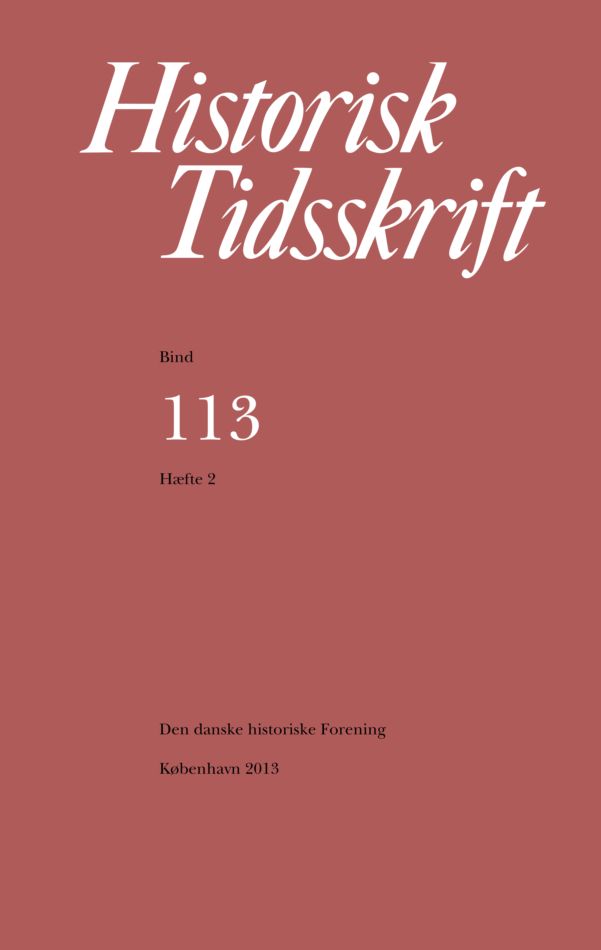Folkelige protestbølger og demokrati i Danmark 1700-2000
Resumé
Waves of Popular Protest and Democracy in Denmark, 1700-2000 This study examines the historical formation of democracy in Denmark with special reference to the relationship between popular protest and democratization of the political system. It does so on the basis of a database of more than 5,000 contentious collective actions from 1700-2000. The empirical main result is the identification of four major waves (or cycles) of popular struggle. The first wave of protest began in the 1830s, culminating in 1848 with the fall of absolutism and the transition to constitutional monarchy. The next protest cycle 1885-87 arose from the so-called ‘constitutional struggle’ with claims for a true parliamentary rule in order to repeal the powers vested in the king to appoint – and dismiss – the government as he saw fit. The third wave unfolded around the end of World War II, 1943-46, while the hitherto last major wave of popular struggle erupted in 1968 with the youth and student rebellion. The analysis shows that ‘democracy’ was the central issue of contention in all four of these protest waves, and lends support to the main thesis of the study: that periods of intense interaction between popular protest and the state have had a decisive formative influence on the genesis and further development of Danish democracy. Further substantial evidence in support of the thesis is provided by the fact that each of the four protest waves resulted in concrete democratic progress as measured by an increase in scope (the degree of formal rights to and effective popular participation in public politics), equality (inclusion of citizens regardless of social status, gender, etc.), protection (against arbitrary state repression and abuse of power), and binding consultation (government formation and adjustment of policies with responsiveness to regular dialogue between state and citizens in the form of elections, petitioning, hearings, etc.). All in all, protest from below has played a significant role in the long Danish process of democratization. A mobilizing, participating and active population has been the midwife of a well-functioning democracy and also its defender.Downloads
Publiceret
Citation/Eksport
Nummer
Sektion
Licens
Ophavsret til bidrag i Historisk Tidsskrift tilhører forfatterne og Den danske historiske Forening som udgiver af Historisk Tidsskrift. For illustrationer gælder den ophavsret, som står anført i billedteksten. Ophavsretslovens almindelige bestemmelser gælder, hvilket vil sige, at ophavsretten gælder i 70 år efter forfatterens død. Bidrag i Historisk Tidsskrift må derfor, med forbehold for en ”moving wall” på tre år, frit downloades, læses, gemmes, anvendes og citeres (med kildeangivelse) i privat og videnskabelig sammenhæng, men de må ikke helt eller delvis genudgives af tredjepart, heller ikke i redigeret form, uden tilladelse fra forfatterne og Den danske historiske Forening. Henvendelse skal i så fald rettes til Historisk Tidsskrifts redaktion på histtid@hum.ku.dk.





